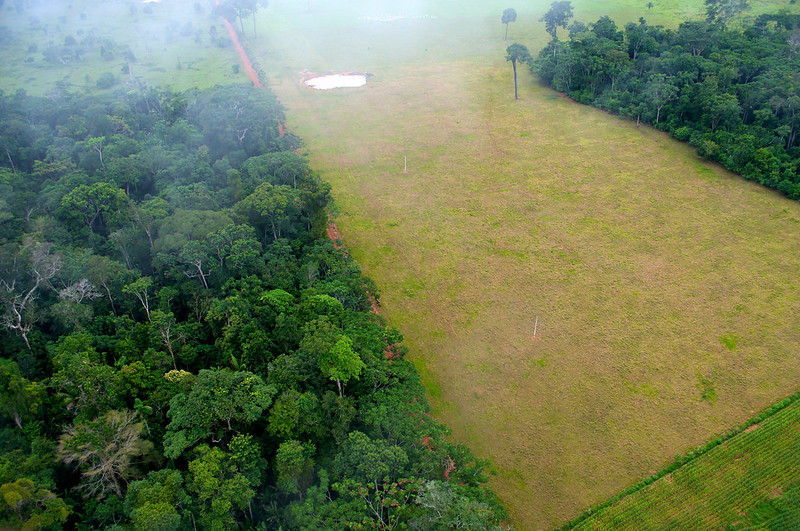 Notice the picture of the forest to your left. This used to be one large area of wooded land. Now it is an eyesore on an otherwise green expanse of rainforest. It is an example of forest fragmentation.
Notice the picture of the forest to your left. This used to be one large area of wooded land. Now it is an eyesore on an otherwise green expanse of rainforest. It is an example of forest fragmentation.
In fact, that is just what a recent team of 24 international scientists concluded at the end of their study. Our world’s forests are becoming isolated and broken.
In fact, today we have only two remaining continuous forest systems in the world – the Amazon and the Congo. The rest of the world’s forests are becoming separated - kind of like islands.
Why should that concern most of us city dwellers? It turns out that forests affect us in ways more than we can see and experience.
Forests In Our Daily Lives
If you had your breakfast this morning, blown your nose on a tissue, switched on a light, or are reading this article, you have one thing to thank for - the world’s forests and the products they supply us.
There are two kinds of forests. Primary (also called old-growth or virgin) forests have aged over several hundred years (in some cases millennia), and have a structure and bio-diversity that is unique and extremely rich. The rest of the forests are either regeneration, planted or secondary forests, which are formed after the primary forests have been “disturbed” – that is, either clear-cut or destroyed by fire.
- As you can imagine, primary forests are invaluable. Old-growth forests also have a lot of trapped carbon in the wet peat and humus. If these forests were felled, huge amounts of carbon would be released into the atmosphere affecting climate change adversely.
- The biodiversity in an old-growth forest is unparalleled by secondary forests. If you’ve ever been in a primary forest, the one thing that will strike you is the density of foliage – just how many different types of greens thrive in one square meter of such forests is mind-boggling! And where there are greens, there is abundant oxygen. So primary forests are also huge emitters of oxygen.
- Forests are also the main source of many plant extracts used in medicines today. They are habitats for diverse plant and animal species; many people around the world depend on forests for their livelihood. Forests give us our rivers, help maintain the water cycle, and help prevent soil erosion.
For all the bounty that forests provide us, humans are using these resources faster than the forests can replenish themselves, so much so that we are losing them fast - too fast for our own good!
So, How Did This Happen?
Forests today make up 30% of the land area of the world. But just in the last 50 years, more than one-half of the world's forests are gone. It is believed that forest areas, about half the size of Singapore, are being lost every day!
Forests don't disappear in one fell sweep - they are gradually eroded away. The biggest culprits are roads and man-made developments, as well as natural events such as wildfires.
Did you know that when an area of a forest gets broken up by artificial barriers, these areas tend to lose about 50% of all their species within a couple of decades? The areas that are exposed by the disappearing forests now begin to experience extreme temperature, pressure, and wind. Now add to it, invasive species that disrupt the habitat. Well, things quickly begin to go downhill...
It is in our hands to prevent the breaking up of forested areas. If government officials and local populations can work together to reconnect the mini forests by planting linking trees, it may not be too late to preserve what we already have.
Courtesy: WWF, CS Monitor






